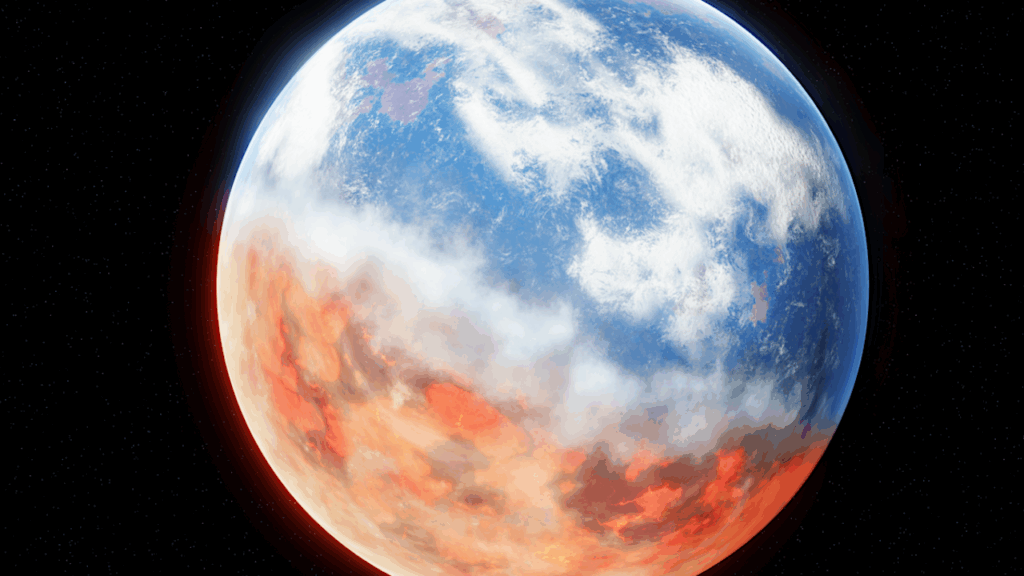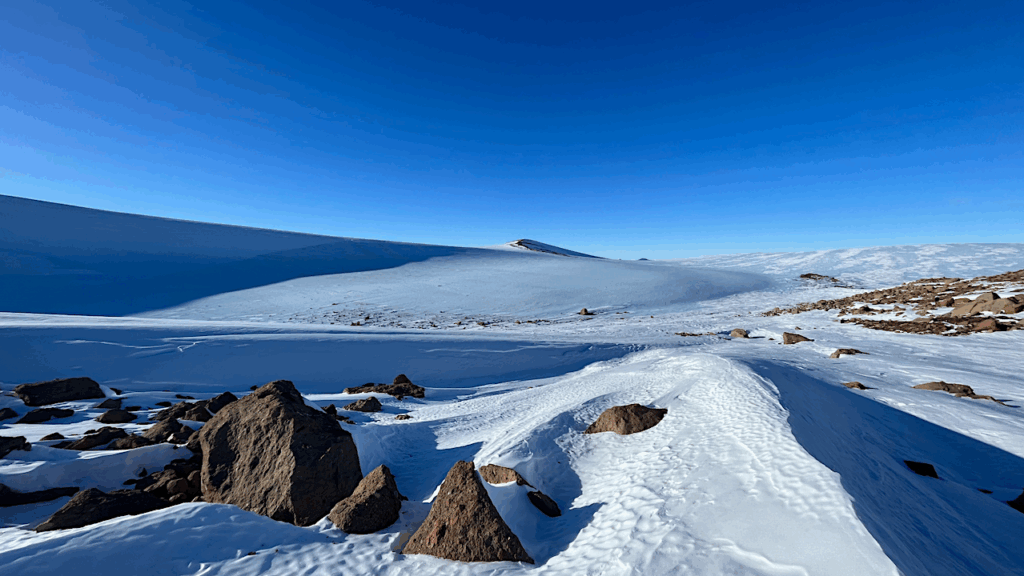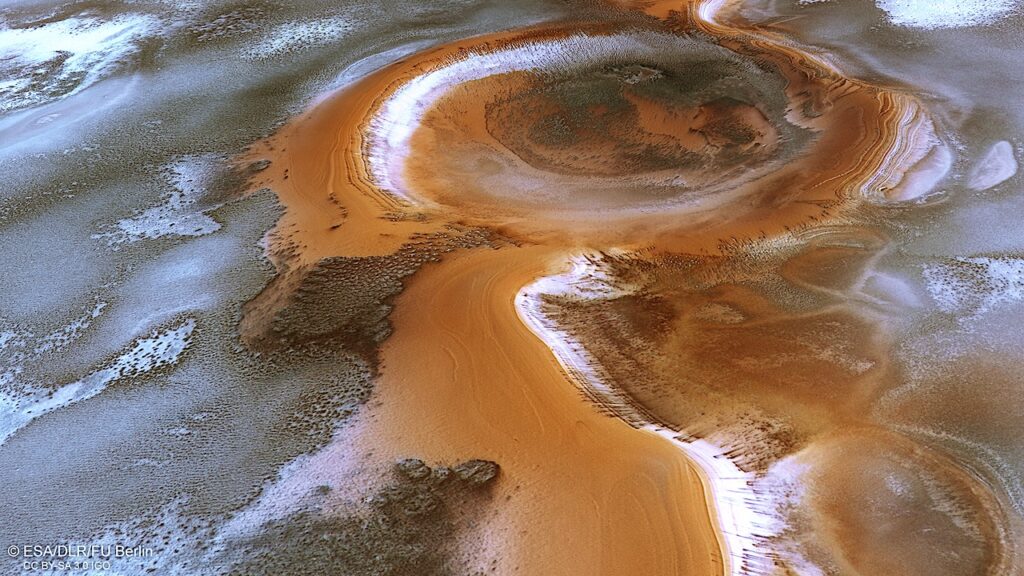Searching For Concentrated Biosignatures In An Ancient Martian Mud Lake

A landmark discovery by a collaborative team led by the Planetary Science Institute’s Alexis Rodriguez has unveiled evidence of sedimentary plains created by aquifer drainage within Martian collapse formations termed chaotic terrains.
“Our research focuses on a sedimentary unit within Hydraotes Chaos, which we interpret to be the remnants of a mud lake formed by discharges from gas-charged mudstone stratigraphy dating back to nearly 4 billion years ago, a time when the surface of Mars was likely habitable. These sediments might harbor evidence of life from that or subsequent periods. It is important to remember that the subsurface of Mars might have included habitability lasting the duration of life’s history on Earth,” said Rodriguez, lead author of the paper “Exploring the evidence of middle Amazonian aquifer sedimentary outburst residues in a Martian chaotic terrain” that appears in Nature Scientific Reports.
PSI scientists Bryan Travis, Jeffrey S. Kargel and Daniel C. Berman are co-authors on the paper. Scientists from NASA Ames Research Center, the University of Arizona, Autonomous University of Barcelona, Blue Marble Space Institute of Science, and the University of Florida are also co-authors on the paper.
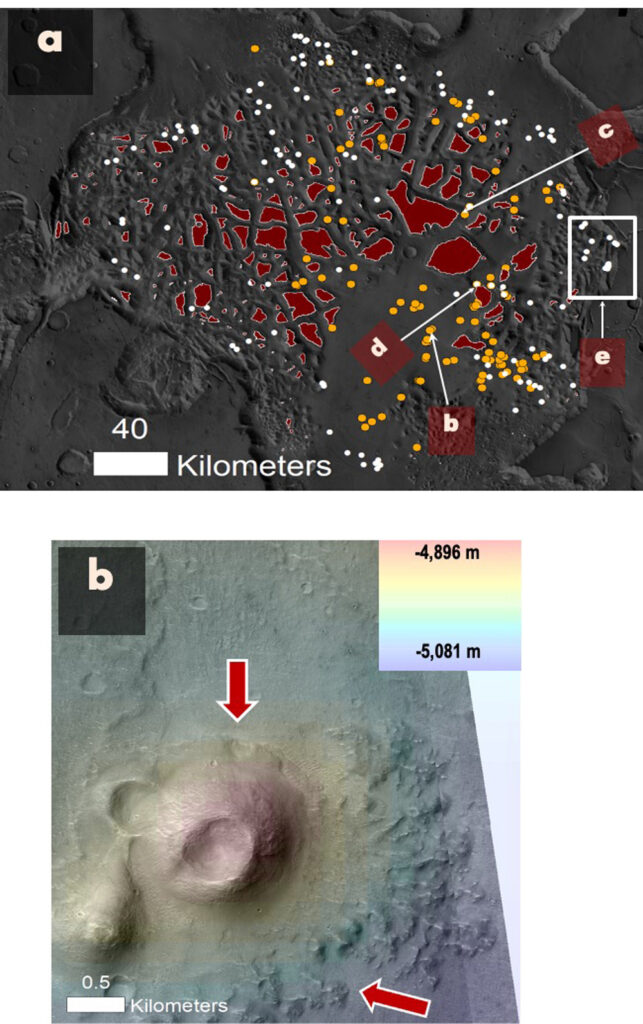
Figure(a) Map of Hydraotes Chaos showing how the interpreted mud volcanoes (orange dots) and diapirs (white dots) are widespread. Both feature types result from sedimentary volcanism – instead of magma upwells and eruptions, wet sediments, and salts reach and breach the surface, forming mounds and flows. Interestingly, these mounds only occur over the chaotic terrain floor materials and not on the mesas (red-shaded areas) they embay. This suggests a material composition link rather than a genesis by regional extensional forces generated by magmatic rises. Figure (b) shows a possible mud volcano. Notice that its surrounding lobate deposits are highly eroded and removed (red arrows), consistent with the flows that emplaced them as fine-grained, volatile-rich materials. Credit: NASA.
The extensive study of Martian aquifer drainage has revealed enormous flood channels that stretch thousands of kilometers into the planet’s northern lowlands. The prodigious erosion caused by these channels, combined with the subsurface sediments released from the aquifers, blankets extensive portions of the northern lowlands. This complex landscape presents a formidable challenge for the investigation of the nature of the Martian aquifers.
“Venturing into the northern plains for sampling could prove precarious, as distinguishing between materials sourced from the aquifers and those eroded and transported during channel formation could become an intricate task. The plains, situated within Hydraotes Chaos, offer a unique glimpse into ancient aquifer materials. These plains, which we think formed from mud extruding into a basin directly above their source aquifer, provide a more targeted exploration opportunity,” Rodriguez said. “Unlike vast flood channels with their complex erosion patterns, this finding simplifies the examination of Martian aquifers, reducing the risk of overland sedimentary acquisition, and opens a new window into Mars’ geological past.”
“Our numerical models reveal a fascinating story. The lake’s source aquifer likely originated from ice, water and mineral separation within the mudstone, forming vast water-filled chambers, several kilometers wide and hundreds of meters deep. This process was likely triggered by intrusive igneous activity. Moreover, the observed segmented subsidence across the chaotic terrain suggests an interconnected network of chambers, depicting stable water-filled giant caverns, some reaching kilometers in widths and lengths, way larger than any known Earth counterparts,” co-author Travis said.
“Initially biomolecules could have been dispersed throughout the volume of large groundwater filled cavities. As the water was released to the surface and ponded, the water went away leaving behind layers of sediments and potentially high concentrations of biomolecules,” Rodriguez said.
Therefore, the residue of this ancient mud lake could provide unprecedented access to aquifer materials enriched in biomolecules that have remained hidden within Mars’ subsurface for most of its existence.
“NASA Ames is considering the plains as a possible landing site for a mission to search for evidence of biomarkers, specifically lipids. These biomolecules are extremely resistant and could have endured billions of years on Mars,” co-author Mary Beth Wilhelm, an astrobiologist at NASA Ames Research Center, said.
“The study region includes widespread mud volcanoes and other mud upwellings. The mud could provide new windows into subsurface environments, which once were moist and maybe even habitable. Signatures of life and its habitats could include freeze-dried remnants of microbes in the upwelled mud, and the mud would contain minerals indicative of the temperature and composition of subsurface water. A small rover, if directed to that potential landing site, could detect these clues in the erupted mud.,” co-author Kargel said.
“Our crater counts indicate that the plains are relatively recent, returning an age of 1 billion years. This age is good news for our search for life. This age is way younger than the ages of most aquifer releases on Mars, dating back to approximately 3.4 billion years ago. So, the materials spent a huge amount of time in the subsurface,” co-author Berman said.
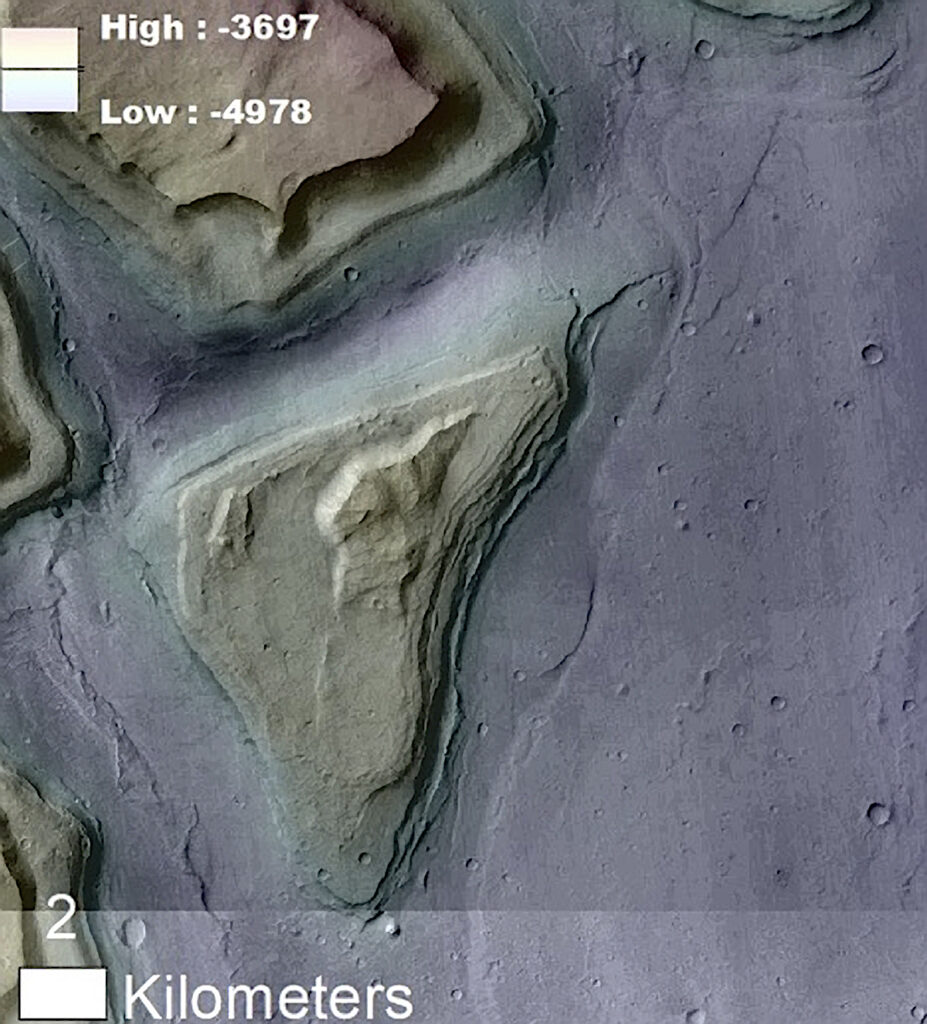
lobate margin forming part of a constant elevation contact, which we interpret as the lake’s inundation periphery. Scientists plan to land somewhere near here. Credit: NASA.
Funding for the project was from a grant to PSI from Mars Data Analysis Program (MDAP) grant number 80NSSC19K1490 and a 2020 NASA Ames research innovation award.
THE PLANETARY SCIENCE INSTITUTE:
The Planetary Science Institute is a private, nonprofit 501(c)(3) corporation dedicated to Solar System exploration. It is headquartered in Tucson, Arizona, where it was founded in 1972.
PSI scientists are involved in numerous NASA and international missions, the study of Mars and other planets, the Moon, asteroids, comets, interplanetary dust, impact physics, the origin of the Solar System, extra-solar planet formation, dynamics, the rise of life, and other areas of research. They conduct fieldwork on all continents around the world. They also are actively involved in science education and public outreach through school programs, children’s books, popular science books and art.
PSI scientists are based in 30 states and the District of Columbia.
astrobiology





